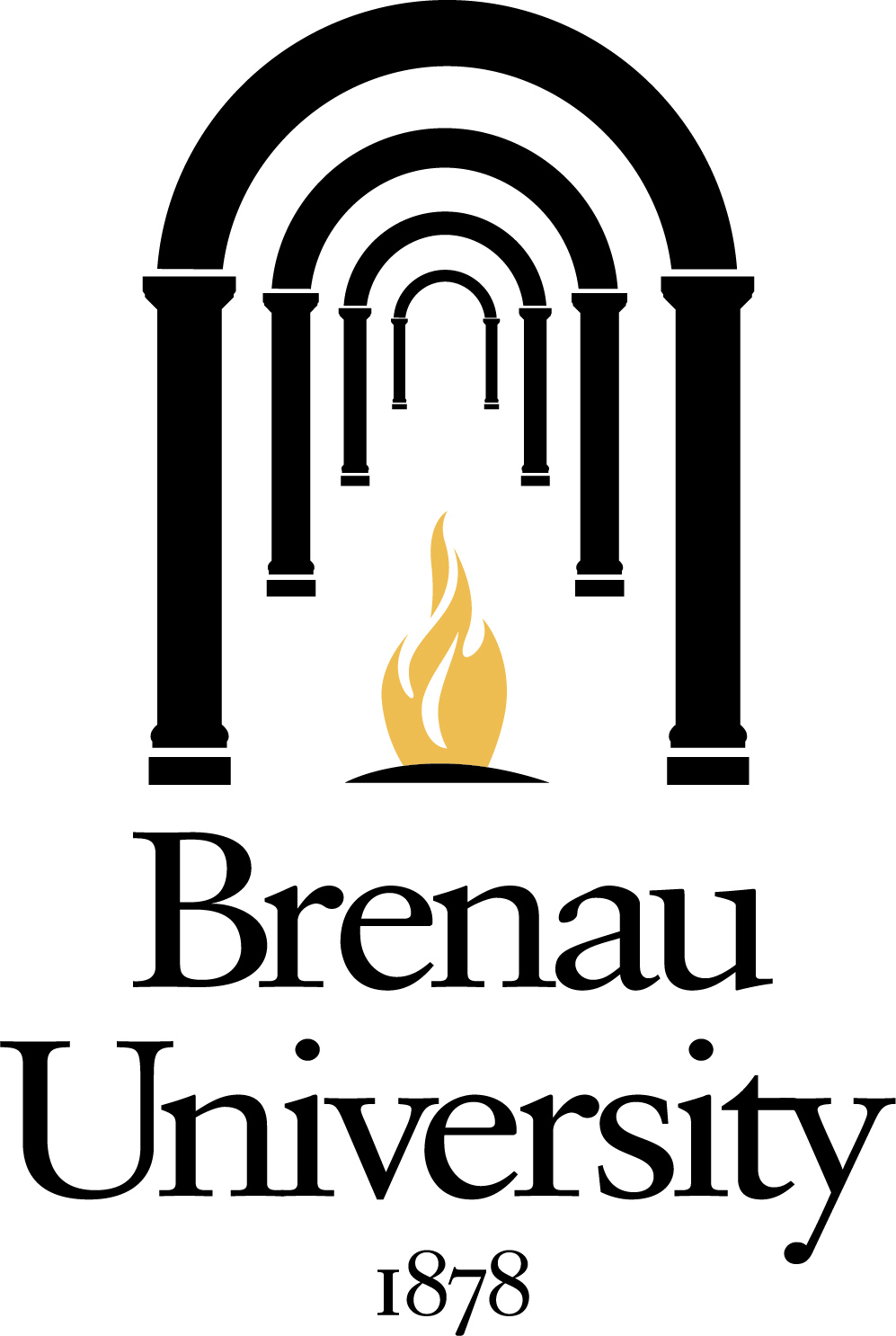

Ranked universities based on the number of alumni listed in Who’s Who in America. Suggested that these universities were better able to inspire and stimulate students.ġ930-1951 – Beverly Waugh Kunkel and Donald B. Looked at scientists listed in American Men of Science and Who’s Who in America. Visher noticed an unusually high number of notable scientist being born in New England states.Ĭompiled ranking of 17 institutions by the ratio of young scientist in total student enrollment. Published by geographer, Stephen Visher, studying geographical origins of notable scientists. President Wilson also refused to release the study when he entered office in 1913.ġ931 – American Journal of Sociology: The Comparative Rank of the American States President Taft issued an executive order prohibiting the study’s official release. The only time the federal government has attempted to rank college quality.ĪAU request so institutions could select the best undergrads for their graduate programs.ĪAU believed impartial rankings would be more widely accepted.Ī draft was leaked to newspapers creating a backlash from colleges who were ranked lowest. Top Five leading institutions listed: Harvard, Chicago, Columbia, Hopkins, and Yale.ġ910 – Bureau of Education Study as requested by The American Association of Universities (AAU) The first published academic quality ranking of American universities. Ranked institutions based on how many scientists were associated with them. Looked at where they attended and which institutions they taught at post-graduation. Still published today as American Men and Women of Science.įounding member of the Psychological Review and American Psychological Association (APA).ġ910 – American Men of Science: Second EditionĬompiled Biographies on 1,000 prominent scientists, including 269 new men from the first edition. Looked at degrees earned, honors received, and places of employment. Published by distinguished American psychologist, James McKeen Cattell.Ĭompiled short biographies of 4,000 men he deemed accomplished scientists.

Neither Alick nor Ellis suggested that such ranking be used to rank school quality.ġ906 – American Men of Science: A Biographical Directory nurture.Ĭompiled list of universities and ranked them by how many geniuses attended. Published by British physician and writer, Havelock Ellis, studying nature vs. The first academic origins study ever published. Looked at nationality, birthplace, family, and university attended. Published by Englishman, Alick Maclean, who was studying eminent men of the day.Ĭompiled list of universities and ranked them by how many prominent men attended.

Initial college rankings were solely outcome-based, focused on the number of eminent men who attended, graduated from, or taught at specific institutions. due to a preoccupation with the origins of famous or prominent leaders in society. The first college rankings were developed in the U.S. Additionally, most schools require students to apply to law programs and other graduate programs separately.ĭuke allows students to simply include a statement of interest with their Law School applications, exempting them from applying separately to graduate school and from taking the GRE.Source: Outcome-Based Rankings History Most other highly-ranked programs require four years to obtain a J.D./M.A. students), allowing them to graduate in only three years. Students pursuing a joint law degree and master’s degree begin their first year in June (rather than in August like J.D. Duke encourages high enrollment in dual degree programs by offering highly accelerated degrees, and by streamlining the application process. More students are enrolled in dual-degree programs at Duke Law School than at any other top law school – 25% of students at Duke pursue joint degrees. from Melbourne, and a Master of Laws degree from NYU.

Program, through which students may earn J.D.’s in both the United States and Australia. Additionally, NYU and the Melbourne Law School at the University of Melbourne offer a Dual J.D./J.D. from the Woodrow Wilson School of Public and International Affairs at Princeton University. Kennedy School of Government at Harvard University, a Legal Law Broker degree from the National University of Singapore, or an M.P.A. Students can also earn a JD at NYU while simultaneously earning an M.P.P. NYU joint degree programs include: International Law, Taxation, Economics, French, History, Philosophy, Politics, Latin American and Caribbean Studies, Business, Public Administration, Urban Planning, and Social Work. The New York University School of Law offers several joint degree programs within NYU, and also several opportunities to obtain a dual degree through other universities.


 0 kommentar(er)
0 kommentar(er)
